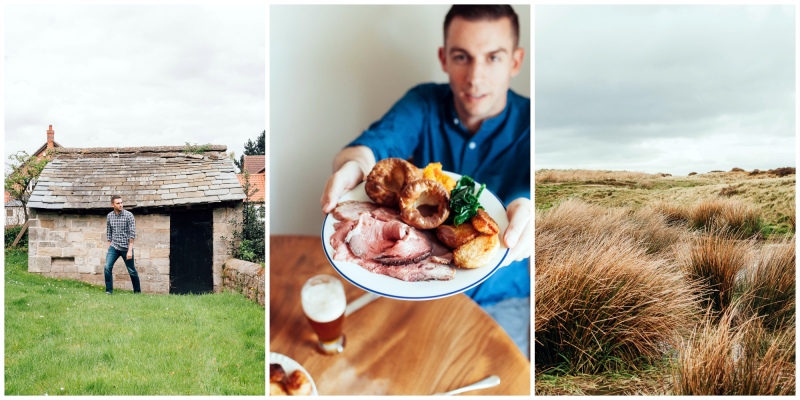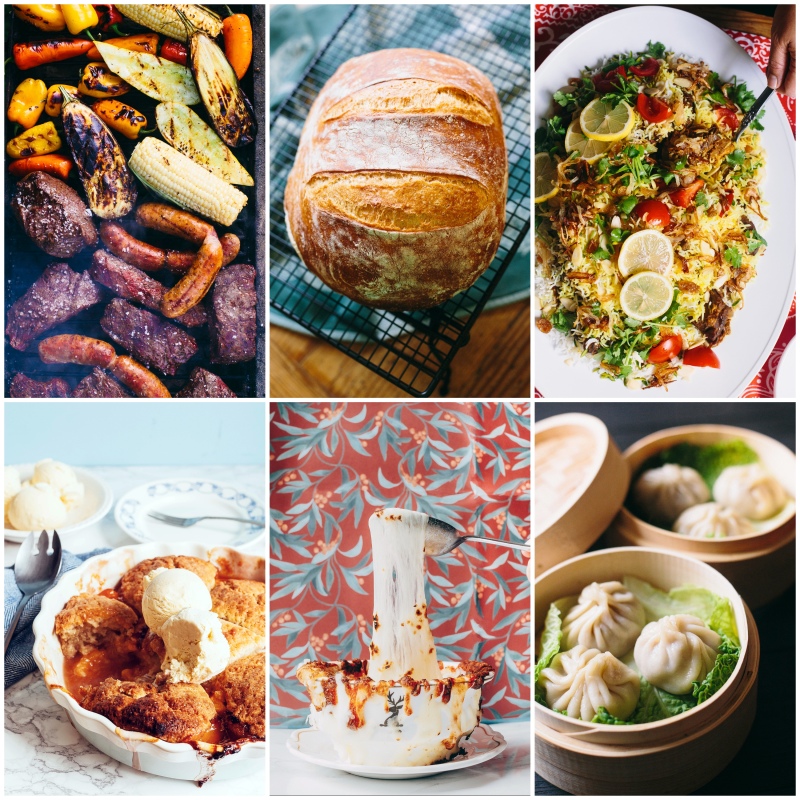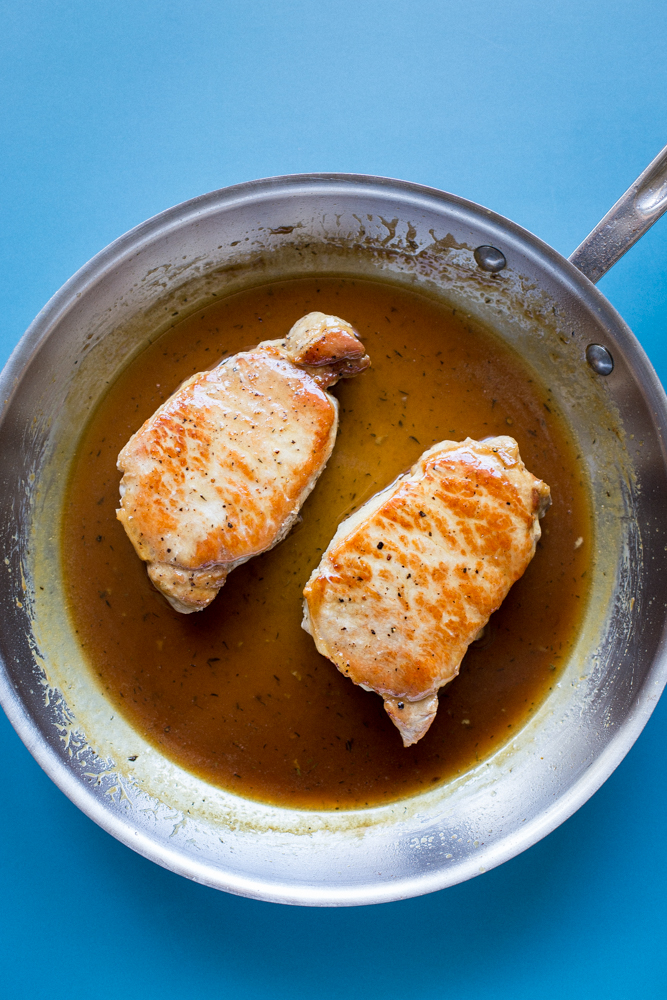I’ve received a few questions concerning the Table of Contents for The Heritage Cookbook, which is completely understandable. There is a lot to digest. Since the book covers such a variety of topics, it’s difficult to summarize all of its material in a sentence or two; I wish I could promote the book by saying “just do this one trick and all your health woes will disappear!”. But that’s never really been my gig in the first place — nutrition is exceptionally complex, and therefore there is a lot of nuance in the book.
So let’s walk through how the book is laid out. It took me several months (and many mistakes) to figure out how to make it flow just right for the reader, but I think it falls into place fairly well now. (Please note that the page numbers reflect the PDF version of the book.)

Chapter 1: Who We Are
Introduction // 21
Discovering Your Heritage // 33
My Ancestry Journey // 35
Genealogy Research // 43
DNA Testing // 46
In this chapter, I discuss my personal journey in discovering my family history and traveling to some of my ancestral homelands. As part of my book research, I spent a couple years investigating my genealogy, and undergoing a number of at-home DNA tests. I compiled the results and present each service’s pros and cons so that you can decide whether you’d like to do the same.

Chapter 2: What We Eat
Basic Dietary Principles // 55
Human Genetics and Diet, in a Nutshell // 56
Plant and Animal Foods: Now vs Then // 59
Plants, Meat, and Gut Bacterial Genes // 63
Macronutrients and Micronutrients // 66
Commonalities and Staples Across All Cultures // 69
Examples of Genetic Variation // 73
Here, we set the foundation of historical eating patterns, and how genetics can influence your dietary health. Topics include the disparity between historical and modern foods, and our microbiome. Additionally, we discuss common staples across all traditional cultures, and examples of genetic variation (specifically how the genes LCT and CSN2 interact with dairy).

Chapter 3: Our Collective History
A Brief History of Humans and their Migrations // 80
Our Recent Evolutionary Past // 86
Genetics and Race // 90
The Data: Cultural Representation and Annual Food Consumption // 90
Europe // 97
North America // 112
Latin America & the Caribbean // 123
Africa // 135
Middle East & the Mediterranean // 146
Central & South Asia // 160
East Asia // 175
Southeast Asia & the Pacific // 187
This chapter is where the rubber meets the road: we’ll look at the history of humankind, from our appearance as a species to the migrations that placed us around the globe. From there, we’ll look at some genetic adaptations that developed as we encountered a variety of environments, and discuss the fundamental flaws of using skin color to assume genetic diversity. This chapter also explains how I calculated cultural representation to define our common ancestry groups, and which data I used to get an idea of traditional eating patterns. Finally, we’ll look at each major region of the world, and break down their cultural history, historical foods, meal customs, staple food groups, and recommendations based on all of the above.

Chapter 4: Plants
The Origin of Cultivated Plants // 198
Plant Fat and the FADS Gene // 201
Starchy Roots & Fruits // 203
Breads & Grains // 248
Rice & Beans // 315
Vegetables // 391
Fruits & Sweets // 462
This is the first of two chapters that include The Heritage Cookbook’s recipes. This chapter highlights all things related to plants, including the origin of our modern crops, and how some of us are better adapted to digest the fats found in some plants. As with the following (“Animals”) chapter, each section contains a history of the food group, its historical consumption rate for traditional cultures, and recommendations.

Chapter 5: Animals
Animal Fats and the LCP Gene // 491
Red Meat // 495
Pork // 584
Poultry & Eggs // 630
Fish & Seafood // 697
Like with the Plants chapter, the Animals chapter breaks down major food groups from a historical perspective. We also investigate genetic adaptation to meat (and animal fat) consumption.

Chapter 6: Putting it All Together
In Conclusion // 758
References // 770
Acknowledgements // 787
About the Authors // 789
Finally, we put it all together to briefly cover some lessons learned from the book, and provide an exhaustive list of references if you wish to keep digging into the research.
That’s it for now – if you have any questions, let me know in the comments below. See you next Tuesday, with another recipe from the book.
Click here to learn more about the limited edition print version!
click here for the digital edition:

also available on:






















